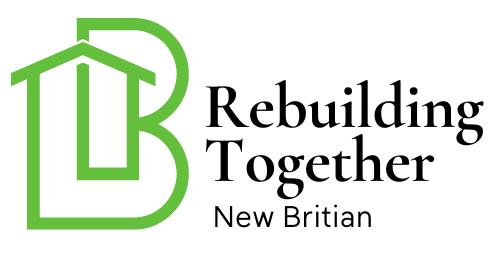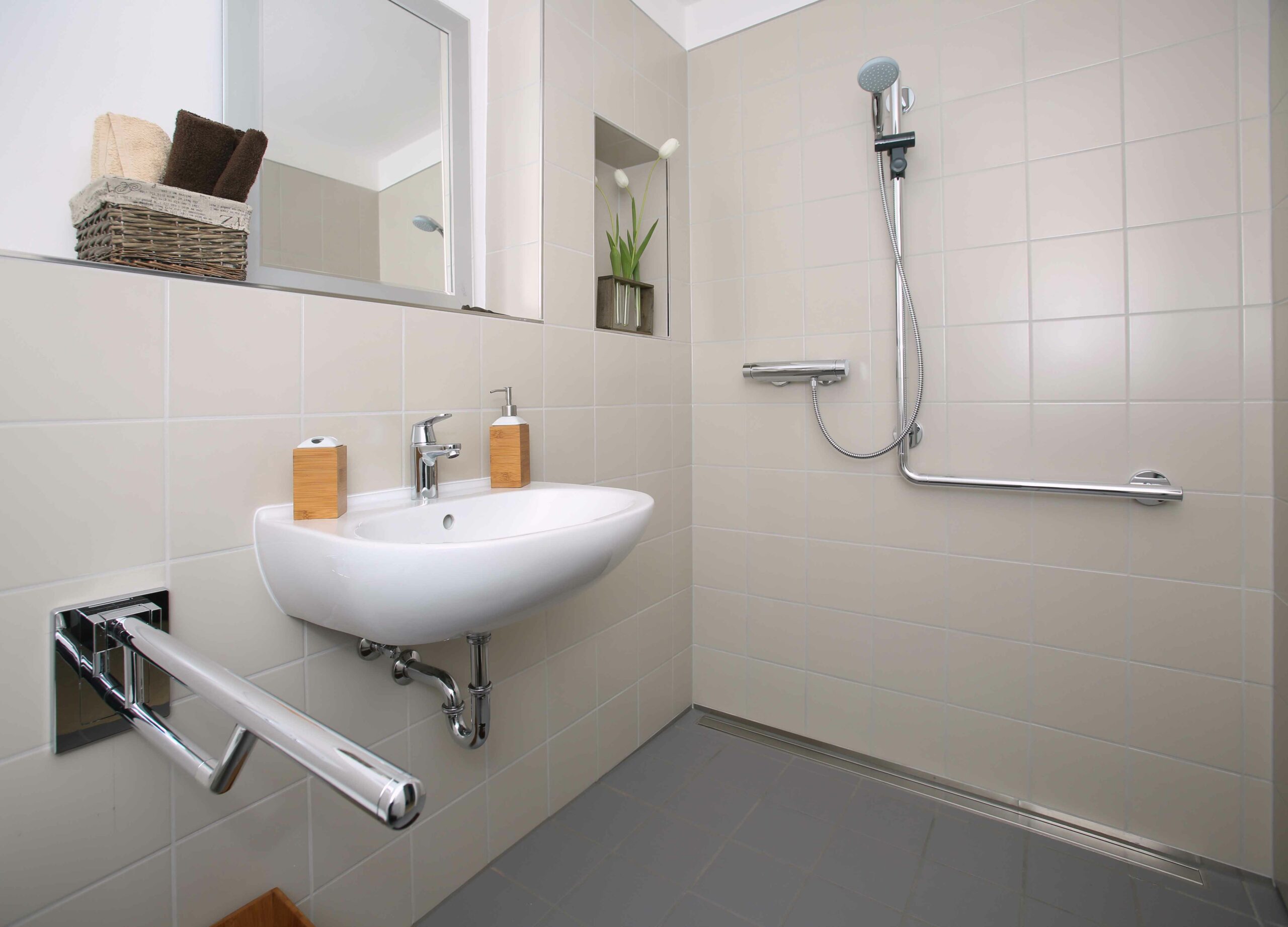Ensuring the safety of our elderly loved ones is a top priority, and one of the most important areas to focus on is the bathroom. Bathroom modifications for elderly individuals are crucial to prevent accidents and provide a safe environment. In this article, we will explore various ways to modify a bathroom to make it safer for seniors, providing peace of mind for both them and their caregivers.

Understanding the Need for Bathroom Safety
Bathrooms are often considered one of the most dangerous rooms in the house, especially for the elderly. Slippery floors, high bathtubs, and hard surfaces can pose significant risks. By implementing thoughtful bathroom modifications, these risks can be significantly reduced.
Common Risks in Bathrooms
Older adults are more prone to falls due to various factors like reduced balance, weakened muscle strength, and medication side effects. Bathrooms, with their hard and wet surfaces, can exacerbate these risks. It is essential to identify and address these hazards effectively.
Essential Bathroom Modifications
Installing Grab Bars
One of the simplest yet most effective bathroom modifications is the installation of grab bars. These bars provide support and stability, helping seniors maintain their balance while moving around the bathroom. They should be strategically placed near the toilet, shower, and bathtub.
Non-Slip Flooring
Replacing slippery tiles with non-slip flooring is another important modification. Non-slip mats or rugs can also be used as a temporary solution, but it’s advisable to opt for permanent flooring changes to ensure maximum safety.
Accessible Showers and Bathtubs
Traditional bathtubs can be difficult for seniors to access. Consider replacing them with walk-in tubs or curbless showers. These installations reduce the risk of tripping and make bathing a more comfortable experience. For more tips on safe bathroom remodeling, check out our Safe Bathroom Remodel Ideas.
Adjustable Shower Heads
Installing handheld, adjustable shower heads can greatly enhance the bathing experience for seniors. These allow for easier control and direction of the water flow, reducing the need for excessive movement.
Additional Safety Features
Proper Lighting
Adequate lighting is crucial in the bathroom to prevent falls. Motion-sensor lights or nightlights can be particularly helpful for elderly individuals, ensuring that the bathroom is always well-lit when in use.
Comfort-Height Toilets
Comfort-height toilets are slightly higher than standard toilets, making it easier for seniors to sit and stand without straining their joints. This simple modification can greatly enhance comfort and safety.
Lever-Style Faucets
Replacing traditional faucets with lever-style ones can make it easier for seniors, especially those with arthritis, to operate them. These faucets require less dexterity and strength to use.
Technology for Safety
Emergency Alert Systems
Installing an emergency alert system in the bathroom can provide an extra layer of security. These systems allow seniors to call for help easily in case of an accident.
Temperature-Controlled Faucets
Scalding is a common concern in bathrooms. Temperature-controlled faucets can prevent the water from reaching unsafe temperatures, reducing the risk of burns.
Planning Your Bathroom Modifications
Consulting Professionals
For major modifications, it’s advisable to consult with professionals who specialize in elderly bathroom safety. They can offer tailored solutions that meet the specific needs of your loved ones. Learn more about professional design ideas at Bathroom Design for Seniors.
Budget Considerations
While some modifications can be costly, it’s important to weigh the benefits against the expenses. Investing in safety features can prevent costly medical bills in the future.
DIY vs. Professional Installation
Some modifications, like installing grab bars, can be done as DIY projects. However, for more complex changes, such as installing walk-in tubs, professional installation is recommended.
Conclusion
Implementing bathroom modifications for elderly individuals is an essential step in creating a safe and comfortable living environment. By addressing common risks and incorporating both simple and advanced modifications, we can ensure that our elderly loved ones can maintain their independence and dignity in one of the most important rooms in their homes.

FAQs
What are the key features of a safe elderly bathroom?
Key features include grab bars, non-slip flooring, accessible showers or bathtubs, proper lighting, and comfort-height toilets.
How can technology improve bathroom safety for seniors?
Technology can enhance safety through emergency alert systems and temperature-controlled faucets, reducing risks of falls and scalding.
Are professional services necessary for bathroom modifications?
While minor changes can be DIY, professional services are recommended for major installations to ensure safety and compliance with regulations. For more insight, visit Bathroom Safety for Seniors.
This article contains affiliate links. We may earn a commission at no extra cost to you.

